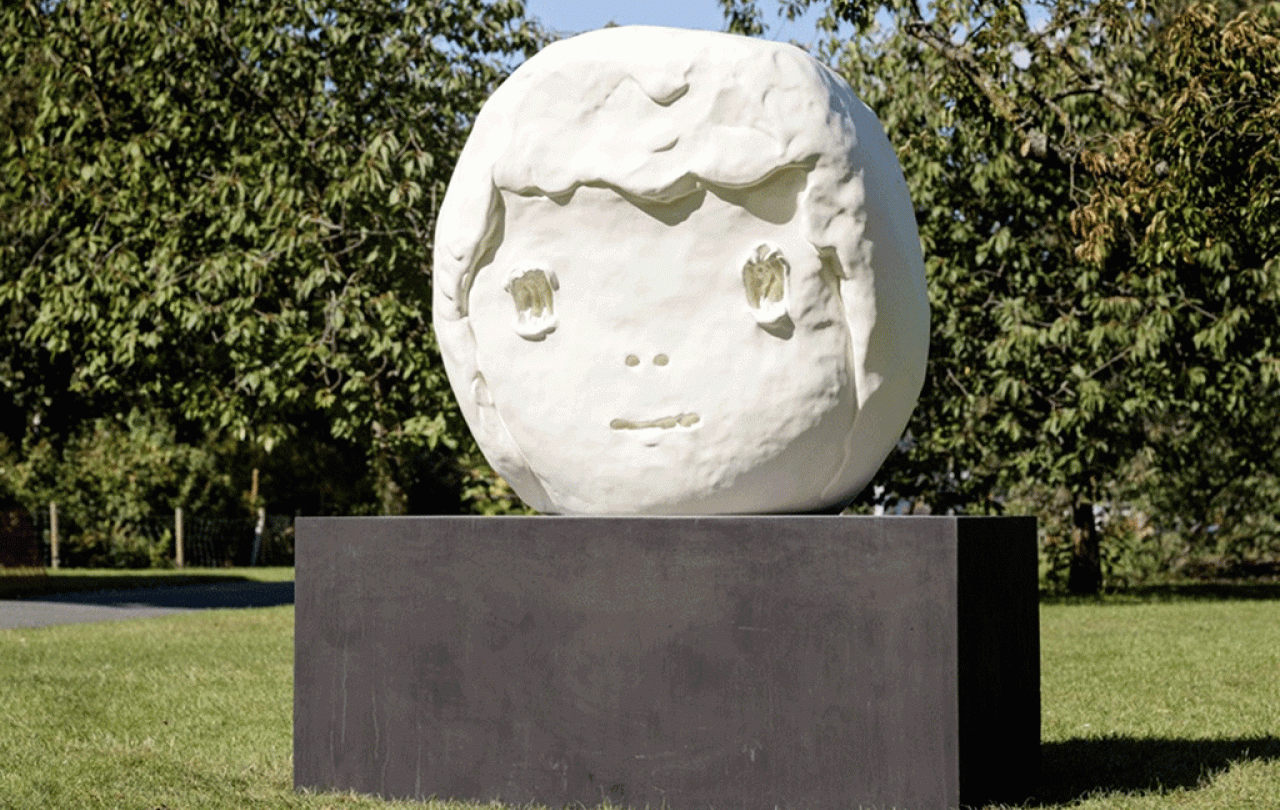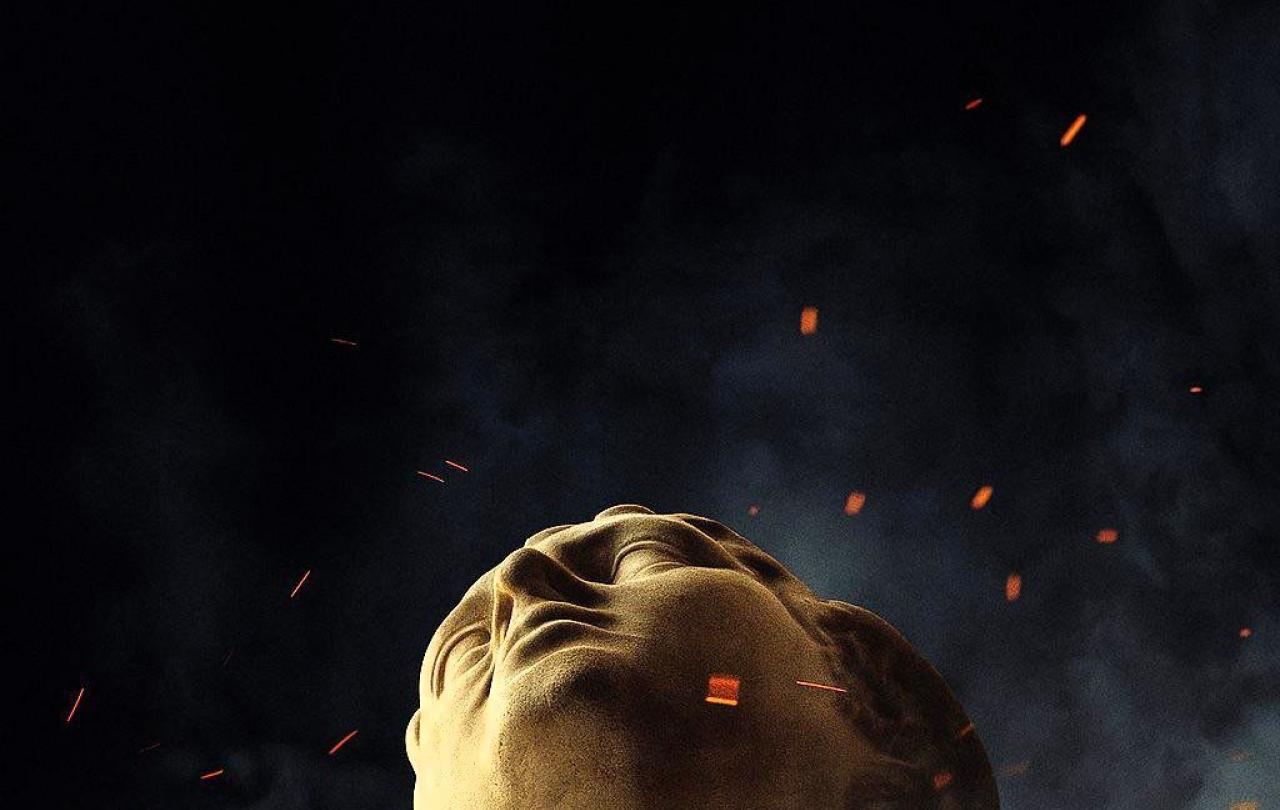Greek myths are full of hubris. Full of it. I feel like ‘hubris’ isn’t a word you hear very often anymore. It means excessive pride or self-confidence that leads to a downfall, in case you were wondering. “Boris Johnson’s hubristic underestimation of the effects of ‘Partygate’ was the final nail in his political coffin,” we might say.
In one myth, Icarus is imprisoned, but given wings held together by wax in aid of his escape. He is warned not to fly too close to the sun, because the heat will melt the wax. Guess what he does? Yep! Flies too close to the sun. The wings melt and he falls to his death. Hubris.
Another myth tells the story of Prometheus. No, not the slightly underrated Alien prequel. (That’s right, I said underrated, but that’s another article for another day). Prometheus defies the Greek gods by stealing fire and giving it to humans. As punishment, Zeus ties Prometheus to a rock and has an eagle eat his liver, only for it to grow back overnight so the eagle can come back the next day and start again. Hubris.
Greek myths are full of hubris. Full of it.
And so, this is why I find the new poster for Christopher Nolan’s upcoming adaptation of Greek epic The Odyssey so … bizarre. But then I’ve been nervous about Nolan’s adaptation since it was announced. Nolan is a wonderful filmmaker, but he’s also deeply naturalistic in the messages he conveys. By this, I mean that all his films suggest that nature – the physical, material world of atoms and things – is all there is. Even when he has opportunity to explore themes of the mystical, or magical, or the supernatural, he only does so when a purely ‘natural’ explanation for such things is possible.
For example, in The Prestige (and HUGE spoilers for the film here: it’s incredible, please watch it if you haven’t), Nolan tells the story of two rival magicians, played by Hugh Jackman and Christian Bale. Robert Angier (Jackman) is trying to work out Alfred Borden’s (Bale) teleportation trick. The secret? (Seriously: big, big spoilers here). Science. Nikola Tesla has invented a device that can clone someone but send the clone to a different location. The trick – the mysterious MacGuffin at the film’s heart – has a natural, scientific explanation. Magic isn’t real and you’re a fool if you think otherwise.
Perhaps this is also why Nolan directed the wonderful Dark Knight trilogy. After all, Batman’s superpower is just wealth: it’s entirely naturalistic, with nothing that can’t fit into a scientific way of understanding the world. Or we could point towards the science fiction that underwrites Inception, Interstellar, and Tenet. For a filmmaker so gifted at tension and intrigue, he has surprisingly little truck with mystique, mystery, and the divine. But this is a problem when it comes to The Odyssey. A huge problem.
Let’s return to that poster I mentioned earlier. It shows the head of a classical Greek statue, flames ember underneath it. The caption? Defy the Gods. And it’s at this point I start to wonder if Nolan has actually read The Odyssey. Because The Odyssey takes questions of divinity and their authority very, very seriously. Like many Greek myths and poems, the message of The Odyssey isn’t ‘defy the Gods’. No: it’s ‘trying to defy the gods is an unbelievably stupid, futile, and dangerous thing to do’. Nolan would seemingly have us raze Mount Olympus to the ground.
Look, all we have is a poster so far. Nolan might prove me wrong. But we shouldn’t be surprised if Nolan reworks The Odyssey in such a way that ‘defy the Gods’ becomes its central message. Because Nolan is a quintessentially modern filmmaker.
In a 1965 book called Freud and Philosophy, French philosopher Paul Ricœur described the modern period as dominated by a climate of suspicion or scepticism. Within this ‘climate of thought’, the straightforward understandings of things are actually deceptive, instead hiding hidden, deeper, and ‘truer’ meanings. He described Sigmund Freud, Friedrich Nietzsche, and Karl Mark as the ‘masters of suspicion.’ And so the world around us is to be approached suspiciously, to uncover the ‘truer’ meanings about our subconscious (so Freud), our false, religiously imposed morals (so Nietzsche), or our exploitative economic systems (so Marx).
Each of Ricœur’s ‘masters of suspicion’ might be mapped on to one of the villains in Nolan’s Dark Knight trilogy. Liam Neeson is Ra’s al Ghul, a Freud-like figure who helps Bruce Wayne navigate the psychological effects of his parents’ murders in childhood. Heath Ledger’s mesmeric Joker is Nietzsche’s stand-in, exposing our misguided systems and structures of ethics, tethered to a religious framework we no longer hold to. Tom Hardy’s Bane is Marx, freeing Gotham’s proletariat from the economic structures that oppress them so.
It's not a perfect fit, but I think there’s more than enough evidence to say that Nolan has drunk the Kool-aid of modernity, and he has drunk so very deeply. And this would be fine – absolutely fine – if he wasn’t planning to adapt The Odyssey. Because, as a quintessentially modern filmmaker, Nolan’s work emerges out of and celebrates a culture wherein ‘defy the gods’ is a slogan that can only be heard as heroic, courageous, and noble, rather than dumb and futile, as The Odyssey would stress to us.
Defying divinity is not heroic. The Odyssey knows this and knows it well. Defying the gods never ends well for humans stupid enough to try in Homer’s work. Our modern sensibilities encourage us to be suspicious of institutionalised power, especially when that power takes a religious shape. We are predisposed to imagine that invocations of the divine are nothing more than thinly-veiled power-grabs. And sometimes they are. But The Odyssey is right to say that divinity itself is not to be trifled with. Renounce your creator at your peril.
Like all his other films, Nolan’s The Odyssey is likely to be tense, wrought, and cinematographically immaculate. But also like his other films, I worry it will be deeply naturalistic in the way it handles the inescapably divine and supernatural elements present in Homer’s epic. The Odyssey has an important message for our increasingly hubristic society. I just worry that Nolan’s not the man to convey it as it deserves.






